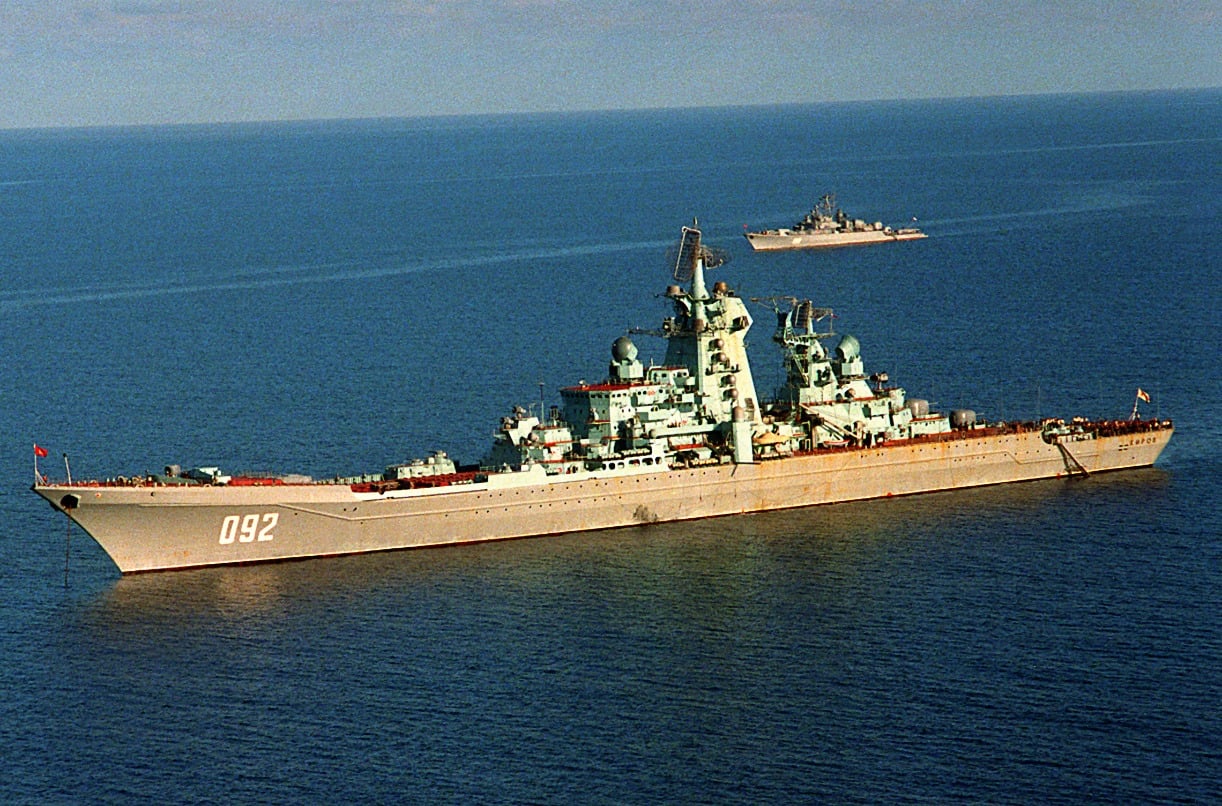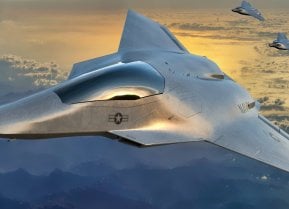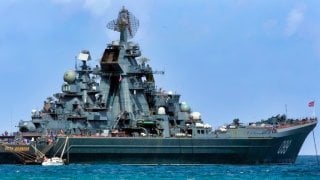Russia's Kirov-Class Battlecruiser Is Oozing Firepower America Can't Match
The Kirov-class nuclear-powered guided-missile battlecruiser, introduced in 1980 by the Soviet Navy, is the largest and heaviest surface combatant warship in service worldwide, second in size only to aircraft carriers.
Summary and Key Points: The Kirov-class nuclear-powered guided-missile battlecruiser, introduced in 1980 by the Soviet Navy, is the largest and heaviest surface combatant warship in service worldwide, second in size only to aircraft carriers.
-Designed to counter U.S. Navy submarines and carrier strike groups, the Kirov is heavily armed with an array of missiles, including anti-submarine, anti-ship, and surface-to-air systems.
-With four Kirovs built, two have been retired, one is in service, and another, Admiral Nakhimov, is undergoing refitting. Russia is also planning to equip the Kirovs with new hypersonic anti-ship missiles, making these battlecruisers a significant force.
The World’s Largest (and Only) Battlecruiser: Inside Russia’s Kirov-Class
The Kirov-class is a nuclear-powered guided-missile battlecruiser that has been in service with the Soviet/Russian Navy since 1980. The Kirov, known to the Soviets as Project 1144 Orlan (sea eagle), holds special distinction: she is the largest and heavier surface combatant warship, in service, anywhere in the world.
The only modern warships larger than the Kirov are aircraft carriers. The Kirov is the size of a World War I-era battleship – and is typically referred to as a battlecruiser because of its size and shape.
Making Waves
The debut of the Kirov, predictably, caught the attention of Western war planners. When the Kirov debuted, the Cold War was climaxing, and both global superpowers were monitoring one another’s weapon development with paranoid vigilance.
The appearance of the Kirov, the world’s largest and heaviest surface combatant warship, concerned the Americans, who felt they might be falling behind their rivals. To balance the perceived deficiency in surface warships, the US recommissioned the Iowa-class battleships – World War II-era battleships that had long since been outdated but were still massive and heavily armed and capable of delivering significant amounts of ordnance on target.
The Kirov, in turn, was developed to counter the US Navy submarines. Accordingly, the Kirov carried a large payload of SS-N-14 anti-submarine missiles – and later, the Kirov was modified to carry twenty P-700 Granit anti-ship missiles (aka SS-N-19 Shipwreck) for countering the US carrier strike groups.
In addition to the SS-N-14 and SS-N-19 missiles, the Kirov was outfitted with twelve octuple S-300F surface-to-air launchers with 96 missiles and a pair of Osa-MA batteries with 20 missiles each. One of the Kirovs, the Pyotr Velikiy, carries the S-300FM, which makes her the only ship in the Russian Navy capable of ballistic missile defense.
Other weapons included on various Kirov ships include the Metel anti-submarine warfare missiles; the 3K95 Kinzhal surface-to-air missile systems; a bow-mounted RBU ASW rocket launcher; eight 30mm (1.18in) AK-630 close-in weapon systems; the Kortik air-defense system; automatic 130mm (5in) AK-130 gun system; ten 21-inch (533mm) torpedo/missile tubes (9capable of firing RPK-2 Vyuga ASW missiles on later ships) and Udav-1 with 40 anti-submarine rockets and two sextuple RBU-1000 launchers.
Russia is developing a new hypersonic anti-ship missile, the 3M22 Tsirkon, which will be deployable from the Kirov.
A Kirov-Class Comeback?
The massive Kirov measures 827 feet long with a 94-foot beam and a 30-foot draft. When fully loaded, the Kirov displaces 28,000 tons. The battlecruiser relies upon a 2-shaft CONAS and 2 KN-3 nuclear marine propulsion with two GT3A-688 steam turbines – all of which can generate 140,000 horsepower.

The Kirov’s top speed is 32 knots (37 miles per hour). The Kirov’s range is 1.000 nautical miles at 30 knots, or unlimited when operating at 20 knots on nuclear power. To use the Kirov, she requires a complement of 710 sailors.
In all, four Kirovs were built, while one was canceled. Two have since retired, and one is undergoing a refitting. Admiral Nakhimov has been mothballed since 1999 but is expected to return to service at somepoint.
About the Author: Harrison Kass
Harrison Kass is a defense and national security writer with over 1,000 total pieces on global affairs issues. An attorney, pilot, guitarist, and minor pro hockey player, Harrison joined the US Air Force as a Pilot Trainee but was medically discharged. Harrison holds a BA from Lake Forest College, a JD from the University of Oregon, and an MA from New York University. Harrison listens to Dokken.
All images are Creative Commons and/or Shutterstock.


